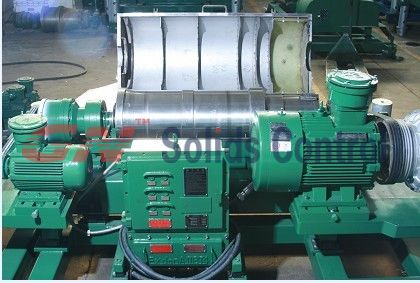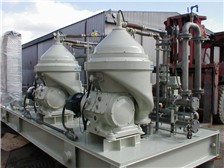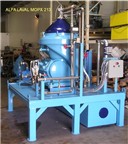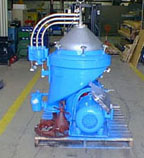February 18, 2010
An announcement. (Sound of a fork tapping a glass.) Ladies and gentlemen — may I have your attention?
Ladies and gentlemen, although there were no armistice talks, the SWU Wars have ended in a truce. The experts have reached a consensus, roughly speaking, about the actual separative power of Iran’s IR-1 gas centrifuges — the devices enriching uranium at the Natanz Fuel Enrichment Plant (FEP) and Pilot Fuel Enrichment Plant (PFEP). (The latter facility has been in the news lately.)
It looks like this:

Perhaps you’d like more explanation than that?
Faithful readers will recall that this subject has been covered here previously (see: Estimating SWU with Expert Opinion, December 6, 2009, and IR-1 Estimates Revisited, January 18, 2010). The discussions summarized therein involved some disagreements — strong ones, at times.
But now, way down in Section 10 of a new ISIS paper dated February 11, 2010, Iran’s Gas Centrifuge Program: Taking Stock, David Albright and Christina Walrond conclude that “the average separative capacity” of an individual IR-1 at the FEP in Natanz is between 0.5 and 1.0 kg SWU/yr.
As a result, the experts’ estimates, depicted in the figure above, now largely overlap.
(There’s no significance to how high or low each estimate is placed in the histogram — that’s purely an aesthetic choice.)
In effect, we’ve just seen a slow-motion, public version of a “behavioral” approach to expert consensus: the question is argued until the participants converge, or as much as they’re willing. This is probably not the ideal approach, as there is evidence that a purely mathematical combination of initial estimates produces a better result. On the other hand, what happened is what happened. And, despite my original take, it seems better not to try to aggregate numbers when none of the experts has stated the level of confidence surrounding their estimates (e.g., 90%, 95%, or 99%). With that caveat, though, there’s no reason not to draw a picture like the one above.
So here are the estimates that are represented visually above.
| Author(s) | Data source(s) | kg SWU/yr | Date |
|---|---|---|---|
| Persbo | Cascades operating between 27 and 36% of total capacity (based on 2.2 kg SWU/yr. nominal) | 0.59 to 0.79 | 2/27/09 |
| Wisconsin Project | IAEA reports | 0.5 | 11/16/09 |
| Oelrich & Barzashka (FAS) | IAEA reports | 0.44 to 0.88 (0.88 is highly unlikely) | 12/1/09 |
| Kemp | IAEA reports | 0.6 to 0.9 | 12/1/09 |
| Albright & Walrond (ISIS) | Multiple sources | 0.5 to 1.0 | 2/11/10 |
A final caveat: Consensus is in the eye of the beholder, and not everyone involved in this debate would necessarily agree that it has concluded, or concluded appropriately. (See also the view of Ivan Oelrich and Ivanka Barzashka of FAS.) I could certainly imagine ways to do this better.
But for now, it will do. On to the IR-3 and IR-4, should they ever go beyond testing:
Interviewer: “P2 centrifuges?”
Ali-Akbar Salehi: “P3, P4, Allah willing. We will announce this in two months’ time.”
Interviewer: “Iran is currently enriching uranium using P1 centrifuges, but it announced that it began experimenting with P2. Has Iran actually begun enriching uranium using the P2 centrifuges?”
Ali-Akbar Salehi: “Not yet. But Allah willing, in two months, we will experiment with P3 and P4, and after that, we will announce the steps we will take.”
So far, at least, the new machines are just spin jobs…
Update | Feb. 17. The latest from Iranian President Ahmadinejad:
source: www.armscontrolwonk.comWe’ve tested the new generation of our centrifuges whose capacity is five times that of the current centrifuges. We’ll run them in the near future in order to supply fuel to our power plants and reactors. We keep our 20% production until our needs are met. The IAEA inspectors are well aware of our work.












